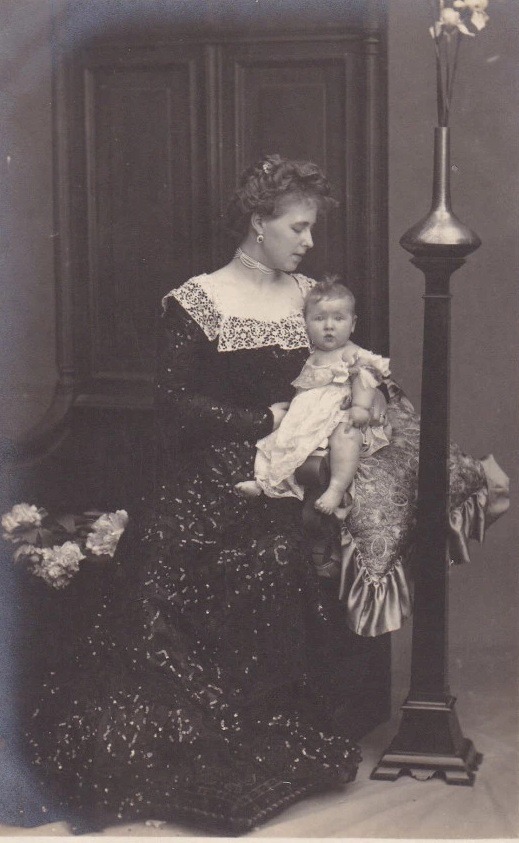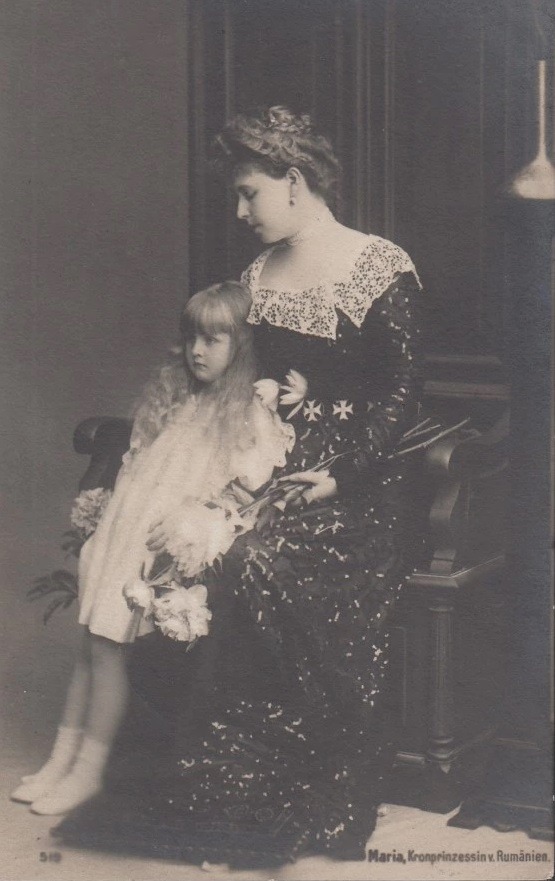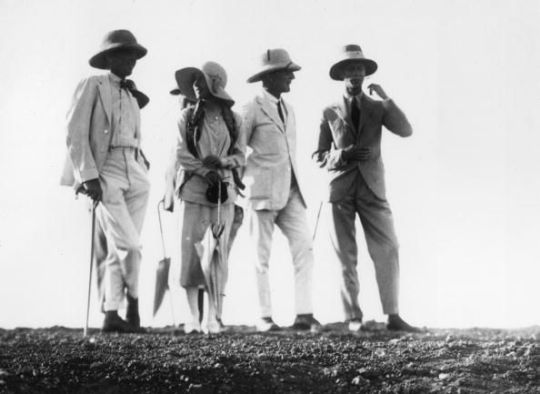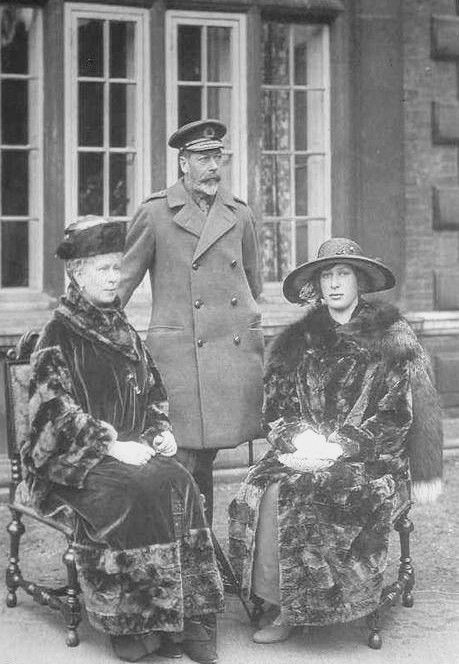Text

Princess Juliana Louise Emma Marie Wilhelmina, later Queen of the Netherlands
Dutch vintage postcard
12 notes
·
View notes
Photo

At ten o'clock this morning the cannon shots announced that the hour when King Alexander and Princess Marie were to be wedded was nearing. The streets were crowded with people headed for the Saborna church, the entrance to which was lined with rows of soldiers. Hours before the ceremony, throngs of people gathered in back of the soldiers and impatiently waited for the King’s arrival.
At ten-twenty the King, in gala uniform, departed from his residence for the Old Castle, where he and Princess Marie met, the latter escorted by Prince Nicholas, her brother. Then, at ten-thirty, the procession of the wedding guests started toward the church. The sight of them is unforgetable. At the head of the column rode a detachment of horsemen in national costumes, escotoring Mihaljo Sibalja, the royal standard-bearer, grandson of Jovan Sibalja, the Montenegrin hero who had fought, together with Peter the Liberator, for the liberation of Bosnia and Herzegovina. The horsemen who followed him came from every portion of the country, clad in picturesque costumes. First rode the Croatians, on spirited mounts, followed by Upper-Carniolians (Slovenians) whose attire and horses gave rise to general admiration. The bearing of the Dalmation riders was wonderful, while the Bosnians, with their luxuriously gold-embroidered cloaks and fezzes, their ancient-looking guns and yataghans, and their nervous little mounts, gave an Oriental touch to the scene. Beside the standard-bearer rode the marshals of the Serbian and Rumanian courts, and immediately in the rear of the horsemen was a company of trumpeters, whose trumpet blasts announced the approach of the royal couple.
Naturally, the Princess Marie was the centre of interest. Her loveliness and gentle beauty touched the hearts of the people, who cheered their admiration of her as her father’s carriage and her own passed by. A great diadem crowned her glistening golden hair, over which lay a light white veil. Her dress was of gleaming white silk with a three-metre train, which was later in the church carried by three little girls – one Serbian, one Croatian, one Slovenian – in national costumes.
In front of the church, the priest-dignitaries awaited the arrival of the wedding guests, while the church itself was filled to capacity with the higher civil and military officials and the representatives of the people from all over the country. Near the altar on the right, were gathered the Bishops and dignitaries of several Churches, members of the royal families, and delegates of the foreign missions. On the opposite side stood members of the diplomatic corps, leaders in the Skupshtina, and the representatives of the foremost scientific and cultural institutions.
The wedding party reached the entrance of the church and after a few minutes of psalm-singing by the priests, the bride and the bridegroom, with their attendants, entered. Inside, Patriarch Dimitrije, arrayed in magnificent robes, blessed them with the icon, which the bridegroom and the bride kissed in turn. Thence they passed to the altar and the wedding ceremony began, strictly in accordance with the ancient Serbian wedding rules and customs. At the altar the King unbuckled his sword and handed it to his adjutant, and a the same time all the generals and other officers removed their swords.
The Duke of York, the koom, then stepped to the King, while Prince Arzen, the stari svat or stareshina (the second witness), representing President Masaryk of Czechoslovakia, approached the bride.
One of the priests handed to the Patriarch the Princess’s ring for the King and the King’s ring for the Princess, and Patriarch Dimitrije solemnly bad the stari svat to exchange the rings. This done, the Patriarch in the same solemn tones asked the King and the Princess whether they were willing to be married. They responded: “Yes, Your Holiness,” and while the cannon shots boomed outside, the Patriarch completed the ceremony. He blessed a cup of wine and passed it to the King, the Princess, koom and the starisvat who drank of it. Then the signatures were affixed to the marriage act, which was signed by the Patriarch, the King, and the new Queen of Yugoslavia, the King and the Queen of Rumania, the koom, the stari svat and the dever (the bride’s attendant).
Immediately after the ceremony and while the wedding party was leaving for the New Castle, a slight shower of rain came upon the city, and like a flash the old Slovenian proverb, “If it rains after the wedding ceremony, the marriage shall be fruitful,” traveled through the crowds of the spectators.
The return from the church was accompanied by manifestations of loyalty from the people to the King and the new Queen, and there were many scenes of distinctive national character in front of the New Castle. There stood two rows of little Servian, Croatian, and Slovenian girls in national dress. As the youthful Queen passed them they ‘mobbed’ her with a shower of flowers and outburst of cries: ’Zivela our Queen!’ (Hurrah for our Queen!) In the doorway stood a little boy, son of a peasantfrom Topola, the original home and burying-place of the Kara George dynasty. As custom required, the Queen, lifting the boy into her arms, kissed him and handed him to the King, who also kissed him.
Across the entrance to the building was stretched a white ribbon, temporarily barring the newly wedded couple from entering it. A little peasant girl, standing there, offered to the bride a sieve filled with bonbons and wheat. The bride accepted the sieve, took out a bonbon and a grain, after offering it to the King, divided the rest of its contents among the wedding guests and the girls. The ribbon was removed by the ‘watchmen’ and the Queen was at liberty to enter her new home.
The Living Age, 1922
36 notes
·
View notes
Photo

Though barred from an exceedingly remote chance of succession to the British throne, her son, Prince Carol, or Charles, if he lives long enough will inherit that of Rumania, now occupied by his grand-uncle and namesake. The little prince is a bright boy of eleven, blue-eyed, and fair-haired like his mother, who is perhaps the prettiest princess in all Europe. His sisters – Elizabeth, not quite a year his junior, and Marie, who is only five – promise to inherit her good looks.
Neither his father nor his mother is allowed to have anything to do with the young prince’s religious instruction. The crown princess is a woman whose tastes run in a worldly direction; indeed, she is said to be the most incorrigible flirt whose name appears in the “Almanach de Gotha.” Nevertheless, it is easy to believe that she feels the loss of the privileged so dear to the heart of every mother, the right to teach her children their prayers. It was recently reported that she was likely to follow the example of her cousin, the German-born Crown Princess of Greece, who has joined the eastern communion.
Munsey’s Magazine for …. (1905). United States: Frank A. Munsey & Company.
32 notes
·
View notes
Photo

Prince Ferdinand of Romania with his two eldest children, Carol and Elisabeth.
24 notes
·
View notes
Photo




Crown Princess Marie of Romania with her children, 1900
58 notes
·
View notes
Photo





Crown Princess Marie of Romania and her children, about 1907
55 notes
·
View notes
Text





1925 | The Duke and Duchess of York (later King George VI and Queen Elizabeth) during their safari in Kenya, Africa.
14 notes
·
View notes
Text
"Gazing down from the royal box, George saw that the crowd had suddenly parted to let through a long line of disabled men in hospital blue, walking slowly and painfully. The King jerked his hand towards them. 'They have paid the price for us,' he said in his gruff voice. 'Without them there would be no Derby today."
38 notes
·
View notes
Text

King George VI and Queen Elizabeth, The Queen Mother Spam (Part 3)
15 notes
·
View notes
Text

King George VI and Queen Elizabeth, The Queen Mother Spam (Part 3)
26 notes
·
View notes
Text

King George VI and Queen Elizabeth, The Queen Mother Spam (Part 3)
19 notes
·
View notes
Text

King George VI and Queen Elizabeth, The Queen Mother Spam (Part 3)
4 notes
·
View notes
Photo

Prince Alfred, Duke of Edinburgh, son of Queen Victoria
By Abel Lewis
Albumen cabinet card, circa 1875-1880
65 notes
·
View notes
Text

King George VI and Queen Elizabeth, The Queen Mother Spam (Part 3)
8 notes
·
View notes


